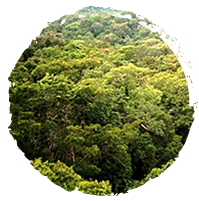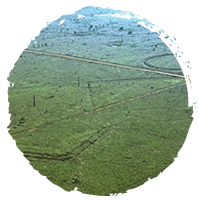PAST was well represented at the Congreso Internacional de Americanistas in the beautiful city of Salamanca, Spain.
Project director Jose Iriarte was joined by Mark Robinson and Regina Gonda to present a broad spectrum of the research the PAST team have conducted.

Iriarte synthesised data from archaeology, paleoecology, archaeobotany, climate, botany, and GIS modelling to discuss human-environment relationships in a paper entitled, “A tale of two forests: climate-driven vs. human-induced forest expansion in southern Amazonia (Tupi-Guarani) and the
southern Brazilian highlands (southern Je)”
Robinson presented two papers, “Mortuary Mounds and Moieties: Southern Proto-Je Dualism in Southern Brazil”, interpreted the archaeological record through ethnographic analogy to reconstruct ancient cosmology and social structure, and “Integrated phytolith, geochemistry and isotope results from El Triunfo, Bolivia” explored the human-environmental history around Laguna Versalles in the Bolivian Amazon.
Gonda presented a detailed analysis of anthropogenic soils in the Upper Purus-Madeira, analysing soil geochemistry, isotopes, and phytoliths to understand 3000 years of human influence on the landscape.

























